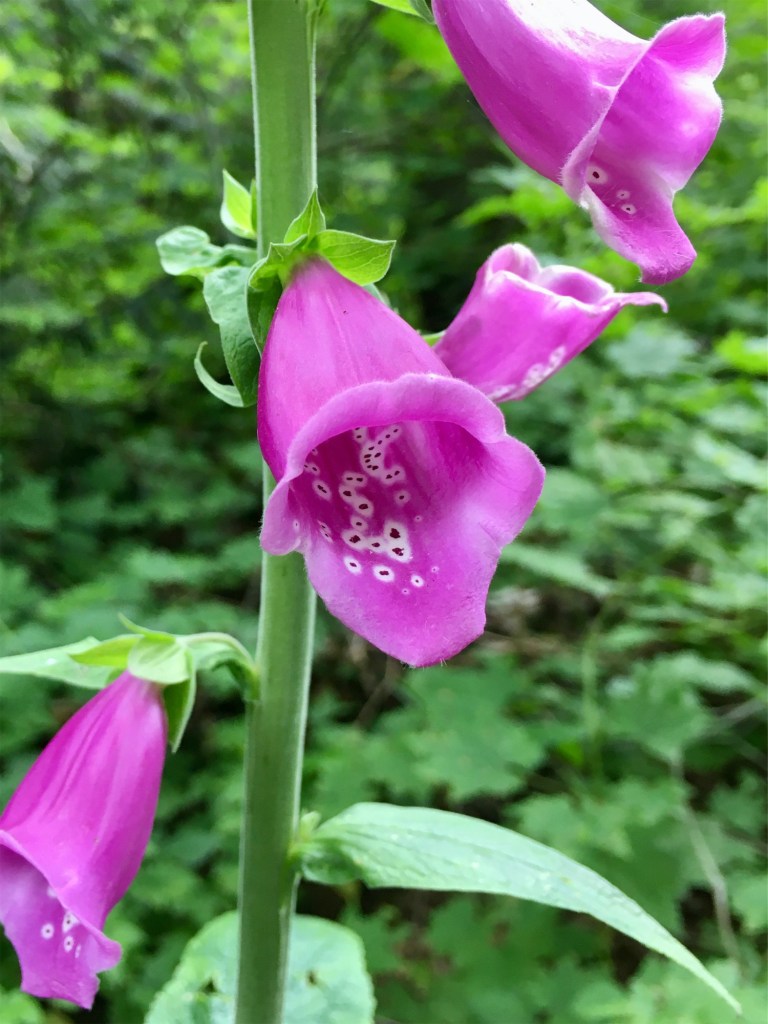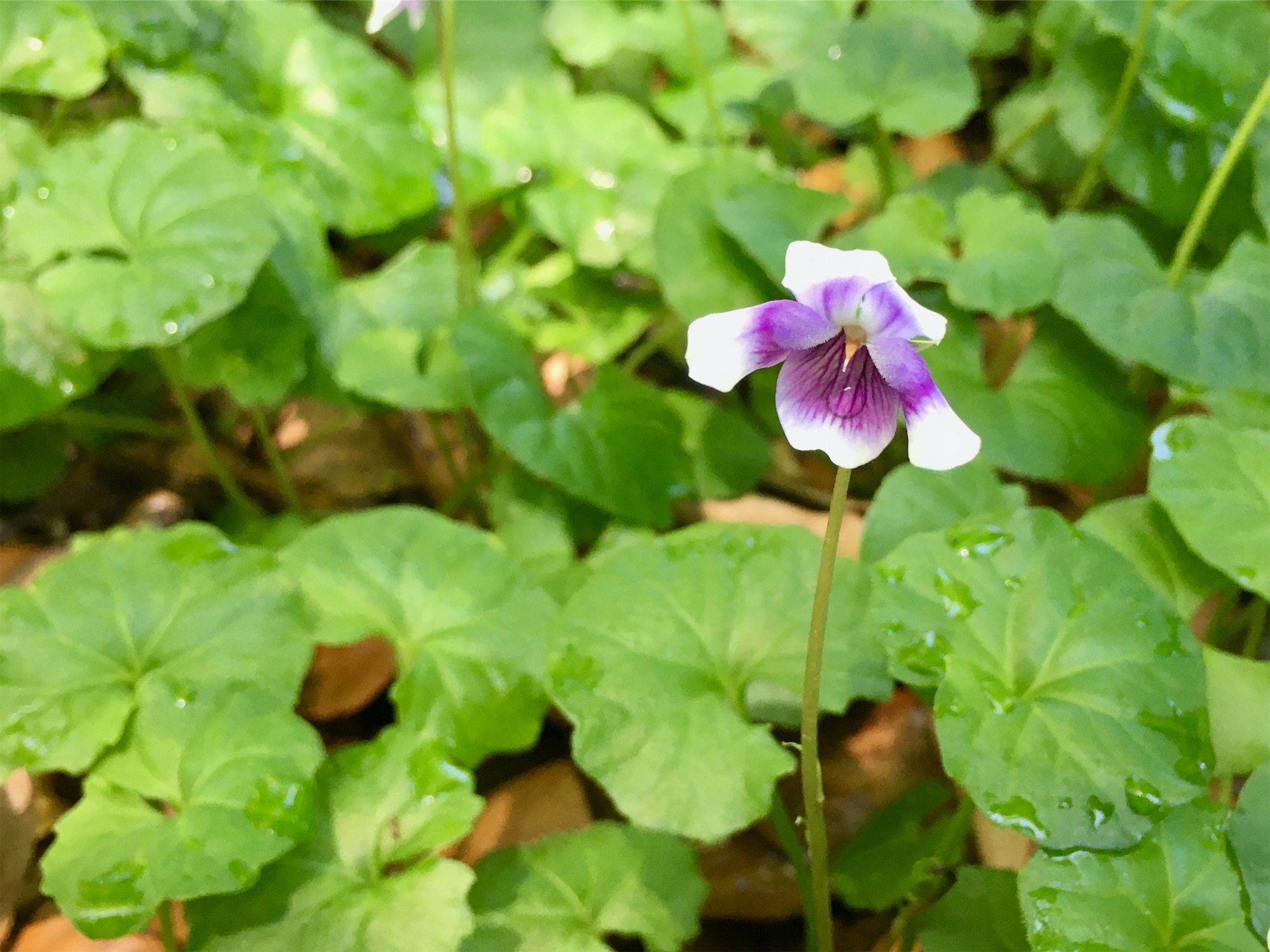Combing through over 50,000 records of animals visiting flowers, biologists at CSUN have found evidence of a pattern botanists have discussed since before the days of Charles Darwin: flowers with bilateral symmetry are visited by fewer species than flowers with radial symmetry.
Assistant Professor of Biology Jeremy Yoder led the study, published last week in the journal Biology Letters, with help from CSUN undergrad researcher (now MSci. stundent) Giancarlo Gomez and in collaboration with Colin Carlson, a Research Assistant Professor at Georgetown University. Yoder and Carlson had been examining patterns the networks formed by animals visiting flowers for nectar and pollen — links between flowers and flower-visitors that describe potential pollination interactions within a community. They realized that records of flower visitation available in public databases could provide a powerful test of a very old idea, that flowers with one line of symmetry — bilaterally symmetrical flowers like foxgloves or violets — tend to be shaped in ways that restrict the kinds of animals that can visit them for nectar or pollen.


With help from Gomez, they classified the floral symmetry of flowers in the visitation databases, representing 159 different communities around the world. They then totaled up the animal species recorded visiting each flower, and saw that bilaterally symmetric flowers did indeed have fewer visitors than flowers with radial symmetry. The pattern held both at the level of the whole dataset, and within a smaller set of individual cases where it was possible to compare flowers with each type of symmetry in the same plant community, where they could in principle be visited by the same set of animals. The observation helps explain how flowering plants diversified since their origin millions of years ago, and may be useful for assessing the plant species’ risk of extinction due to pollinator losses.
The new study is described in detail on the CSUN Today site, or the paper is available on the Biology Letters website and as an open-access preprint.
Featured image: A bilaterally symmetrical, or “zygomorphic” violet flower. Based on the new study, flowers with this type of symmetry are generally visited by fewer species of potential pollinators. (Photo by Jeremy Yoder)

